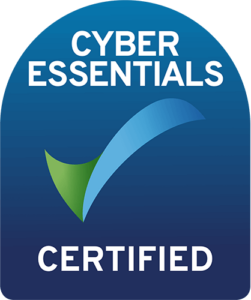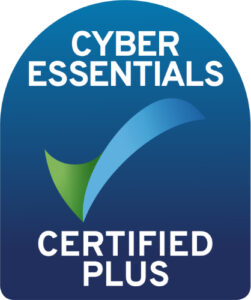Thinc insights
Now Sage 1000 is due to be retired, what are your options for next steps?
Many businesses are still relying on Sage 1000 for their day-to-day operations but the recent announcement that Sage 1000 will soon be retired has left many people wondering what to do next.
If you’re in this position, it’s time to start planning for the transition over to a new system.
Sage 1000 will officially reach end of life on December 31, 2024. After this date, Sage will provide no new updates, features, or support.
That means you’ve still got time to get everything sorted before it’s too late.
When you’ve got to move over all of your business’ data and systems to a new platform, it’s understandable to be concerned about things getting lost or changed over in the switch. Or you may be concerned about the potential for costly downtime to your operations or the disruption this may cause to your staff.
But we take the utmost care to make sure that all of your sensitive data is kept safe and everything is perfectly mapped out over to your new system so you don’t have to worry about anything getting lost in the shuffle. We’ll also make sure that the switch goes as smoothly as possible, with minimal disruption to your business and we’ll be there for ongoing support to help you get set up and make the most of your new setup.
Related Topics
Ready for the next step?
Month 1: Stakeholder alignment and project kickoff.
Month 2: Requirements gathering for new system.
Month 3: Research and shortlist new solutions.
Month 4: Attend supplier demonstrations.
Month 5: Supplier selection & contracts.
Month 6: Develop a detailed migration plan.
Month 7: Finalise project team and key roles.
Month 8: Data preparation and data cleanup in Sage1000.
Month 9: Sign off on solution design blueprint for new system.
Month 10: Configuration of system in line with blueprint.
Month 11: User training and preparation for testing.
Month 12: Conduct user acceptance testing.
Month 13: Go live with the new ERP system.
Month 14: Address any post-go-live issues and optimize processes.
Month 15: Review project and solidify long-term support plans.
Related Topics


Enter your details into the contact form below, and one of our experts will be in touch to arrange a time to speak.
If you’re an existing customer looking for support, please e-mail servicedesk@wearethinc.com, or visit our support page where you can download our remote support apps.